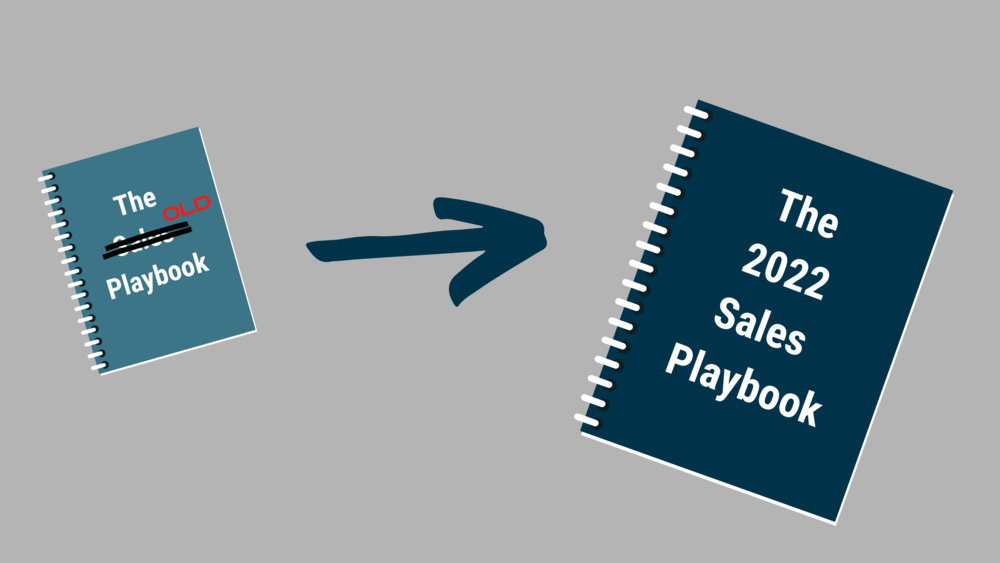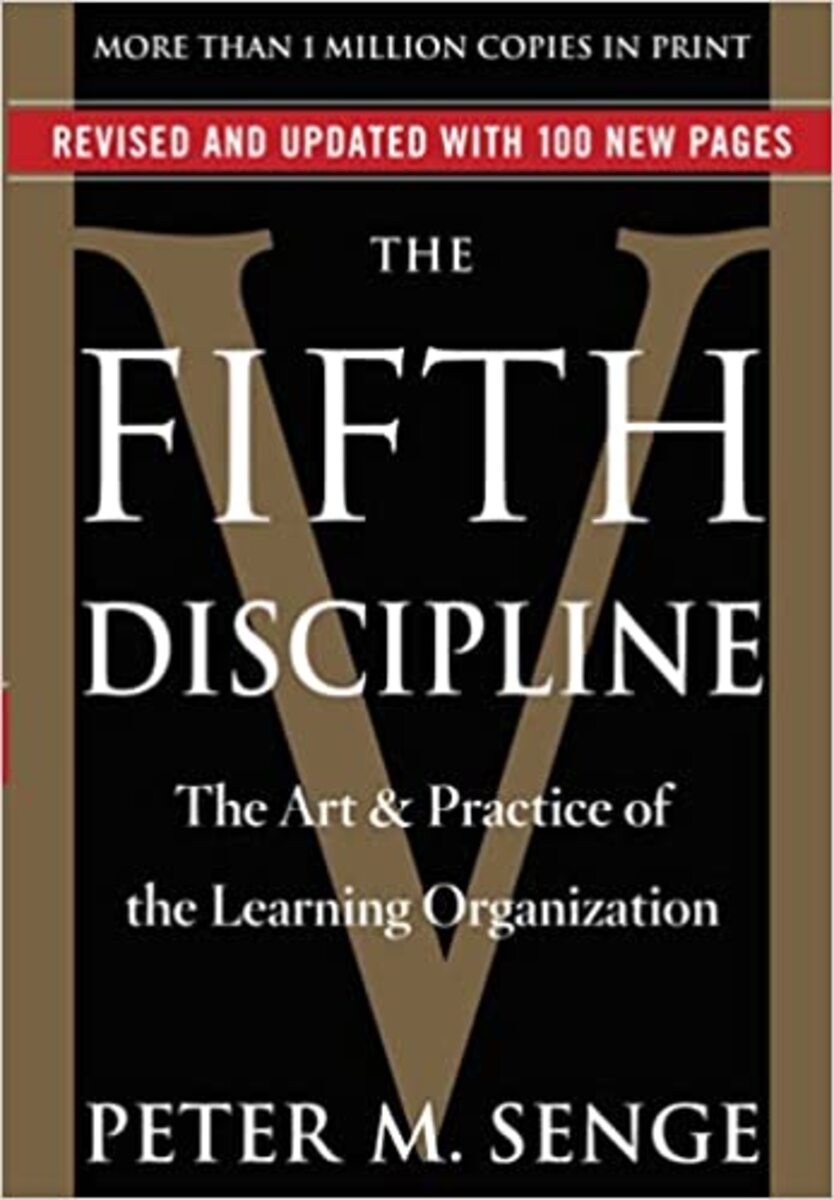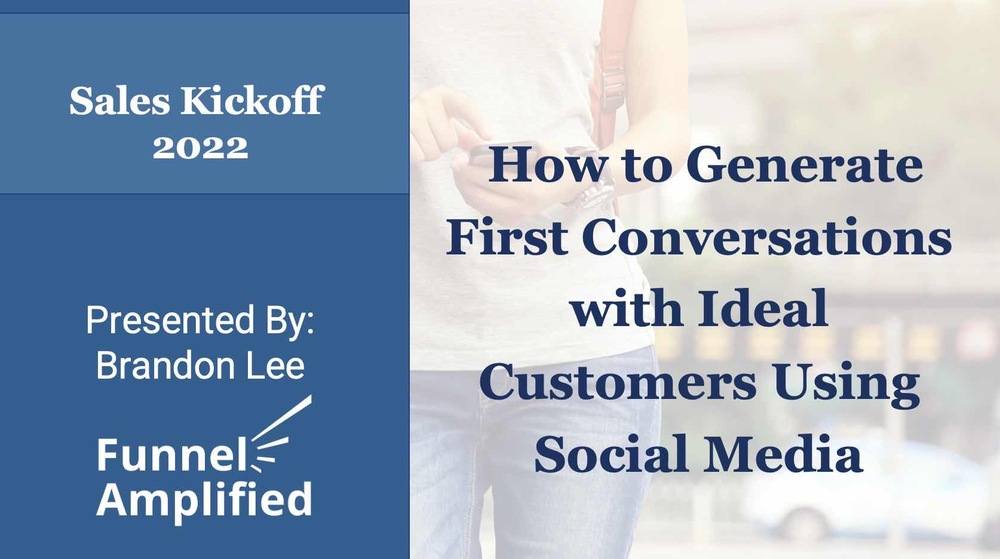The Sales Playbook is in a state of change.
Most companies are looking at their existing activities, experiencing reduced efficacy and wondering what t0 do. The fear is to make changes without disrupting the current operations and sales generation systems. But, companies are looking for new strategis and new systems.
“Don’t send 2019 trained sales teams into a 2022 sales environment” is a mantra that many are sharing and causing sales leaders to pause and ask questions. Are you asking questions about new approaches as you prepare for your 2022 sales kickoff events and playbooks?
Do you find yourself in this situation?
Many of our customers and prospective customers we talk with reveal they are in this season right now! I am writing this to help create a path or vision for sales leaders to help consider new sales activities with the least amount of disruption to the team and current systems.
When I owned By Design Publishing, I led the sales team. We created a sales playbook and had our systems that the whole sales team followed as our best practices. But, I didn’t want to rest on our systems that we created a year prior to still be the best systems we could utilize. We wanted to continually test new ideas and opportunities because we wanted to use our time, budget and team in the best way possible.
I am sure you believe this way about your team too.
Here is what we did and I believe it is a system any organization can replicate to learn fast, create new opportunities and create the least amount of confusion for the existing sales team and their activities.
First, 90-95% of my sales team, marketing team and resources were 100% focused on our existing playbook and sales systems. Our sales leaders ensured that all team members were trained, coached and worked the systems that were our best practices. Like a normal sales organization, we developed systems to ensure the team was working as a cohesive unit, doing the same processes and capturing KPI’s. We reviewed KPI’s, rewarded the team, managed the team and led the team like any other sales team.
What we did differently was create a small team that was tasked with discovering new systems and strategies. They had one objective:
“can we discover a repeatable, systematic sales and lead generation model that can be more profitable, generate faster opportunities, generate larger opportunities or save the business money compared to our existing sales, marketing and lead generation playbook and systems?”
Our “King of the Mountain” strategy, as we called it, was a wise investment for this business. Here is how we operationalized this team and strategy. I learned this concept from one of my favorite books, The Fifth Disciple, The Art and Practice of the Learning Organization.
First, we handpicked a small team of individuals and carved out time in their weekly schedules to dream, create, test and review what they created.
Second, we created budgets and ensured the team stayed within budget. We knew it could be very easy to get way out of scope and budget and we could risk this occurring.
Third, we made change and challenging our own beliefs a big part of our culture. As a “learning organization,” leadership promoted and celebrated new ideas. We had a monthly lunch with each department that was a time for everyone to share ideas, insights, frustrations and other “family” business that needed to be discussed. The goal was to encourage everyone to share their observations and ideas.
As a learning organization, we rewarded those who tried to learn new things and take small, calculated risks even when they failed. We needed to make sure the entire team understood and believed that innovation was a highly valued initiative for the business.
If you chose to adopt this strategy with your team, I recommend the small team that leads an initiative like this be handpicked for this role. We did a lot of personality testing and spoke with department heads to make sure we have creatives on this team and not those that tend to see the negative in all new ideas. It was designed to be a team that believed anything was possible and they just needed to discover HOW to accomplish it. The terms “maintainers” and “innovators” came about and we used the words in a lot of our team meetings. There is risk with any initiative. This model didn’t come without rist either.
We risked putting people in a box and not allowing them to be known for anything other than being a maintainer, as an example. However, I found over time that the maintainers really like their role and had pride and belief in their role of challenging anything new.
It ensured innovators did their diligence and only presented new systems that passed the rigid standard set by maintainers. In some ways this may sound very complex. It was not. It is not in my company today. It became very organic and a natural flow for our team.
The “innovators” were tasked with finding new systems that could prove to be systematized, trained and create a better ROI and ROE than our current best practices. They were given a budget and a vision to create and take the business to new levels.
This team had their own meetings. They had access to learn from the “maintainers” and receive feedback from other departments in the business. They were encouraged to be innovative, test new ideas and lead the business into new systems.
The model proved very valuable to our organization. The business went from startup to $18mm in annual recurring revenue in 5 years from 2002 – 2007. It was a different time then and companies tended to grow slower than some tech companies do today.
How can sales leaders use this model today? Beta test. That can sum it up in the fewest words.
Test new training.
Test new software systems.
Test new markets
What else can you test that is specific to your business and industry?
Overall, test new sales playbooks and measure KPI’s to compare with the existing playbook and activities. It is the only way to measure and compare if you current systems are really best for your business.
Some may believe that they should put all their resources and team towards the sales playbook and revenue generation. However, we live in such a time of change and buyer behavior in every industry has changed. I believe the complexity of the buyer journey actually demands that we follow a model that is like this one described.
What do you plan to do today that is different from 6 months ago? 2022 is only 3 months away. Your SKO is quickly approaching.
Don’t send a sales team trained and provided a 2019 playbook into a post Covid, 2022 world.





